UPDATED REVIEW – January 1, 2021 – Artesia DP3 & DP3 Plus digital piano – Semi Recommended – The Artesia DP3 digital piano is a current model instrument sold by eBay, Walmart, and a few other places in the US and their price is $699. Artesia is a brand developed by the Virgin Music Instruments company and their instruments are made in China. The DP3 (along with a slightly lower priced DP2) is in an attractive furniture cabinet model which includes a nice comfortable piano style bench and the piano comes in what Aretsia describes as “dark rosewood finish.” However, the rosewood color is so dark that it is difficult to see the wood grain in the DP3 finish that would normally be associated with rosewood.
1. “The Artesia DP-3 Digital Piano is a stylish, traditional furniture piece
that enhances your home, not only with its deeply expressive sound, but
also with its appealing traditional piano cabinet. This full featured
piano and its concert hall sound will bring you and your family years of
musical enjoyment. “
2. “The Artesia DP-3 full scale hammer action and velocity sensitive
keyboard brings the feel of an acoustic piano to your finger tips. Its
advanced, natural acoustic balanced hammer action design offers
excellent response and smooth playability that will satisfy even the
most demanding teacher or performer.”
3. “The DP-3 offers incredible sound realism with its acoustic sound sample
processing. It records the actual acoustic instrument capturing their
remarkable depth, expression and essence. Instruments such as Piano,
EPiano, Harp, Vibes, Guitar, Organ, Strings and Bass are included. All
the instrument voices offer an incredible dynamic range and realism.”
OK…I understand that a brand wants to describe their product in a positive way, but Artesia has taken its product description to a new level of ridiculous “hype,” in my opinion. Whenever you see the word “incredible” or “remarkable” used to describe something by a manufacturer or supplier, you can already know that it is likely not true, especially in this low price range. I have taught piano for many years, play at a high skill level, and have played on hundreds of great acoustic and upright pianos and I can tell you the Artesia DP3 does not have an advanced, natural acoustic balanced hammer action design that offers excellent response and smooth playability that will satisfy “even the most demanding teacher or performer.” Even the MOST demanding??…come on!…the most demanding would not come near this piano or any other piano brand in this price range when it comes to the most demanding teacher or performer. As far as a “deeply expressive sound” which is “capturing their remarkable depth, expression and essence” of an acoustic piano, if this is so, then all acoustic pianos that I have ever heard and played are nothing like the DP3. In other words, it’s just all hype on the part of the Artesia brand on the Costco web site when it comes to describing this DP3 piano.
So what is the truth and the musical facts of this Artesia DP3 and how it plays? Well, let me start out by saying even though it does not come anywhere close to what the Artesia brand says it is, it isn’t that bad and actually has some very positive things it’s able to do. For many people, at $699, the DP3 may be sufficient as an entry level digital piano in an attractive cabinet. It is certainly better in my opinion than any of the Williams or Suzuki brand pianos sold through Guitar Center, so that’s a good thing. The DP3 has a number of pretty cool features in terms of what it can do, but the most important things that any digital piano should do is to offer the student or player a good piano playing experience as compared to a real acoustic piano and that’s where this piano does fall short and here are some reasons why:
A piano key action is the all important feature of any piano and on the DP3, they use plastic action (all brands are plastic in this price range) which has a piano type weighted key and it actually moves up and down nicely with regard to the weight of the key not being too heavy or too light for most people. But…unfortunately, and as I had suspected before playing this piano, the key action is very noisy. If you have the volume of the piano up fairly loud then it’s unlikely you will hear the key action noise because the louder piano volume will cover it. But most people play at a somewhat quieter volume or use headphones and this when the key action noise becomes apparent and can also be very irritating, especially to me. It is true that all digital piano key actions have some noise associated with the keys going up and down, but there is a point at which the noise is excessive and annoying…and that is the case with the DP3.



With regard to the DP3 piano sound, actually it is acceptable at its price…but not at all great. As I mentioned earlier, it’s certainly better than any Williams or Suzuki digital piano I have played in this price range but the individual piano notes/tones on the DP3 are overall fairly muffled in tone through the internal speakers and not very clear so there was little noticeable change in expression or dynamic range…but the piano sound is certainly loud enough and will fill a room with no problem and the bass notes on the piano are actually very big and full. You can edit the treble frequency on the DP3 to add some more clarity for the middle to higher octaves and that does help a bit, but not near enough. However, when you use a good pair of stereo headphones, the piano sound is altogether different than through its own speakers and much clearer and more expressive that way too. When playing the piano normally through the piano speakers, I think it’s important to point out that when you play one note at a time up or down the keyboard, the volume sensing and tonality of the sound is definitely not even, so on some notes they will be more mellow or muted and on other notes they will be noticeably brighter, which I definitely do not like when there are noticeable changes like that. Also on some notes the piano sound will be louder while on other notes it will be quieter with some notes jumping up in volume more quickly when the keys are played especially when the master volume is up higher. This kind of uneven jumpy sound response is not unusual on cheaper key actions using lower quality key sensors and piano samples, but for $699 in a cabinet model, I expect that, but it’s worth pointing out. Also, on real acoustic pianos, when you push a key down very slowly and lightly, there should be no piano sound even if the key touches bottom. The hammer in a real piano will hit the string only when you give the key more force. On the DP3, the piano sound comes on before the key even gets to the bottom so there is no way to have subtle volume changes from zero on up on the DP3 as you would otherwise get on a real piano. For beginners this is not an issue because they are not good enough yet for that to matter.
The pedaling on the DP3 includes three pedals although the actual pedals are shorter than normal piano pedals and are spring loaded mechanisms. Spring loaded pedals on digital pianos are not unusual because even real pianos use springs in their pedals. The big difference beside pedal size is that the pedals are weak and just too easy to press down. It’s like there is no pedal spring resistance at all when pressing on it as opposed to what a real piano feels like when pressing on those pedals. I don’t particularly like the weak DP3 pedals but in the beginning for a novice student or player, it is fine. But for any progressing piano student or player, the pedals…especially the right sustain/damper pedal is just too light and weak to have any pedal expression and authenticity to the movement.
Ok…now on to some of the digital features. The DP3 has 8 instrument sounds including its one acoustic piano sound and those sounds include the standard tones such as electric piano, strings,harpsichord, etc. They are good instruments overall but mostly people use the regular piano sound. Also, the DP3 has a bunch of nice digital features including allowing for splitting the keyboard electronically into two different sides and putting a different sound on each side such as bass on the left hand and piano, layering two different instrument sounds together to be played simultaneously on every key such as piano & strings together, reverb echo with many variations which offers a very nice concert hall effect to the
instrument sounds, chorus effect which offers simulation of real electric piano effects, transpose feature which enables the piano to change key electronically up or down, a 2-track MIDI recorder so you can record both left & right hand independently and then play back those recordings individually or simultaneously for practicing at home. This is a very nice feature and I definitely like it. Artesia has also included a “duet” function which allows the keyboards to be electronically split into two 44-key keyboards giving both sides the same exact octaves for two people to practice & play at the same time. Other digital pianos have this features but it’s really nice that Artesia included it in this model. There are 55 songs built into the piano including a variety of royalty free classical, Christmas, ragtime, religious, folk, old time standard, and other pieces that you can play and take advantage of the separate playback tracks to play along with those songs, and a songbook is included.
The built in speakers and amplifiers are good with 2 nice sized speakers and big volume coming out. So there is no problem there at all. The DP3 has a surprising amount of good connectivity to other devices like external speakers, computers, iPad, headphones,etc with 2 separate stereo headphone jacks, a real MIDI output, a USB output jack, 2 separate audio RCA output jacks, 2 separate RCA audio input jacks, and a separate volume control for the audio input. So there is a lot of great connectivity and they did an excellent job with including those features. I just wish they would have used a 1/8″ mini jack for audio input instead of 2 separate RCA jacks because few people use RCA jacks any more and it’s a pain to get an adapter for that.
As for the cabinet, it weighs about 93lbs and it is quite attractive and has a nice design, although the dark rosewood (fake) finish is so dark that it looks black as I said earlier. So if you like a satin black color then you’ll like the finish on the cabinet. I did notice that the paper thin photo finish veneer over particle board on the piano is so thin that I noticed a few sharp edges on it, but that’s what I would expect at this price. It’s nice looking but definitely not solid or real wood and not using any thicker upgraded veneers or finish…but it looks nice nevertheless. There is a built in key cover that closes and protects the keys when the piano is not in use and it works well. Artesia has also included a nice comfortable padded bench which has music storage in it, although the storage space is small and limited in size, but this is true for other digital pianos as well. But at least it comes with a bench so that is a definite plus.
So when considering this new Artesia DP3 for a piano purchase, if it wasn’t for some definite playability drawbacks of this model and the fact that based on all my playing experience, Artesia greatly exaggerates this piano’s capabilities (they are not the only company that exaggerates!), I would recommend it, but unfortunately can just partially recommend it and only because it looks good, has a low price, and may satisfy some people who really don’t know what pianos are supposed to sound like or how they’re really supposed to play…and there are a lot of piano shoppers who fall into that category. Also, typically Artesia offers a 1 year warranty on their pianos whereas the major brands typically offer a 3 year warranty in this price range. For now, unless you are in love with the cabinet and price, there are better digital piano alternatives including some of the pianos that Casio and Yamaha have to offer that are slightly more money in a more furniture style cabinet.
In my opinion a much better digital piano option would be the newer Casio PX-770. This piano is a huge upgrade over the Artesia DP3 with regard to piano key action, piano sound, and pedaling authenticity. The PX770 comes in a compact furniture style cabinet with sliding key cover in a choice of satin black, satin brown walnut, and satin white. Current discount selling price on this model is $749 (free shipping, no sales tax) and it is a far better investment than the Artesia, especially if you want something in this lower price range that can actually play more like a real piano and not something like the Artesia that you may regret later on as having purchased. I would recommend you read my review on the Casio PX770 before you make any decisions to purchase an Artesia DP3 piano. I have played the Casio PX770 many times and for the price there is no comparison when considering the Casio PX770 to the Artesia DP3… the Casio wins in a big way! Casio PX770 Review
If you want more info on new digital pianos and LOWER PRICES than internet discounts, please email me at tim@azpianowholesale.com or call direct at 602-571-1864.
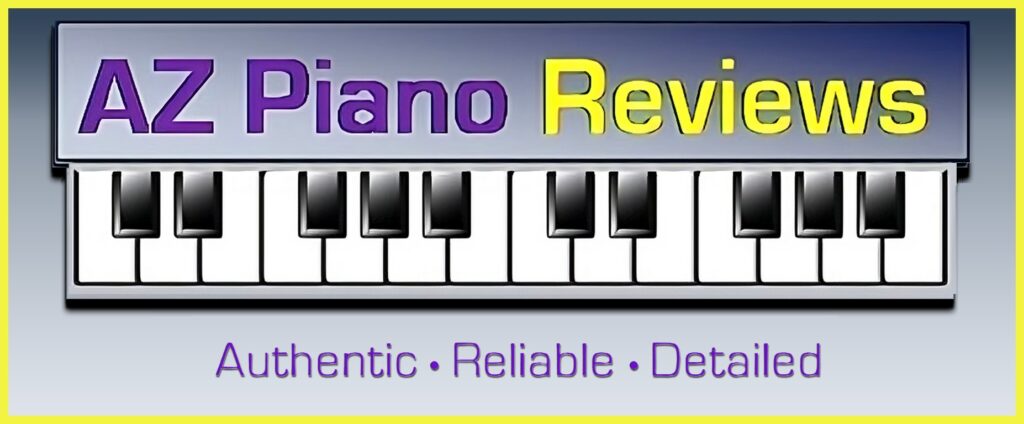



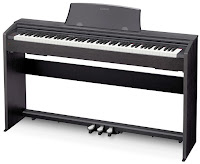



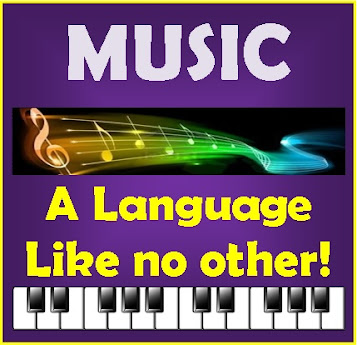

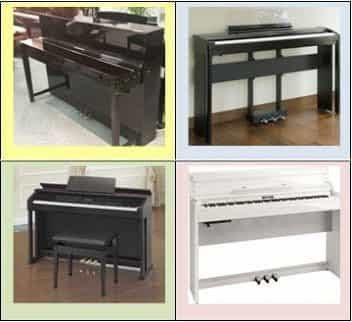
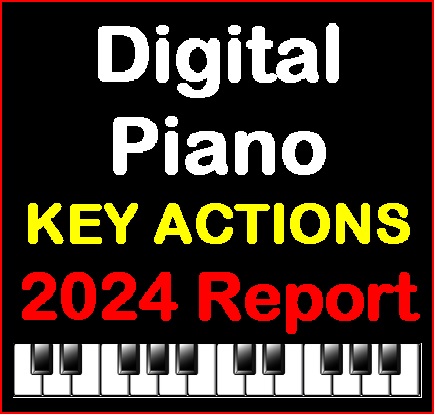

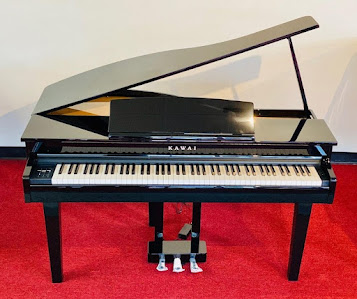
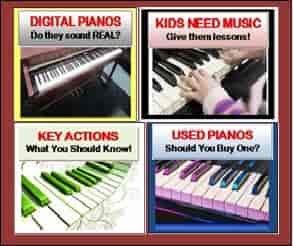
Dear Tim, thanks a lot for such full review. I guess you helped me to save some money. At first I wanted to buy this piano for my daughter how just starts to play piano in music school but have found your review and discussed with guy from music shop (Russia) the differences between DP3 and PX770. He suggested to add some money for PX770. If you are neither professional nor student DP3 is OK – good price , not bad instrument. But for another cases better to invest the money for PX770
Thank you again for your help!
Dear Tim, thanks a lot for such full review. I guess you helped me to save some money. At first I wanted to buy this piano for my daughter how just starts to play piano in music school but have found your review and discussed with guy from music shop (Russia) the differences between DP3 and PX770. He suggested to add some money for PX770. If you are neither professional nor student DP3 is OK – good price , not bad instrument. But for another cases better to invest the money for PX770
Thank you again for your help!
Dear Tim, thanks a lot for such full review. I guess you helped me to save some money. At first I wanted to buy this piano for my daughter how just starts to play piano in music school but have found your review and discussed with guy from music shop (Russia) the differences between DP3 and PX770. He suggested to add some money for PX770. If you are neither professional nor student DP3 is OK – good price , not bad instrument. But for another cases better to invest the money for PX770
Thank you again for your help!